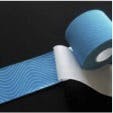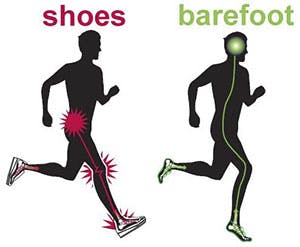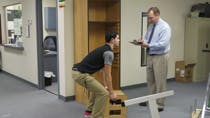Written by: Lindsay Simmons
Clinical Director, Purcellville Orthopedic Physical Therapy
Do you ever get the urge to dance when a song comes on the radio, or even find yourself dancing around the house while jamming out to music? If that is a yes, then you are not alone! I find myself thinking to "All I want to do is DANCE!!" Well ladies and gentlemen Zumba is where you can be free and dance like no one is watching.
Every night I go to the gym and I know that I have to keep switching things up so I don't get bored with the same old routine. I have learned that if I have the same routine my body becomes familiar with this and I hit a plateau, which is never fun when you are trying to either tone, maintain or even reach a new fitness goal. But when there is a will, there is a way!!

I have found that Zumba is just what I need to keep things fun and interesting. Zumba is a workout known as a dance fitness party. I originally tried Zumba with a friend by following a fitness DVD. While the DVD was fun and the hip-swiveling moves were a blast (and effective at working up a sweat!), the best part of the workout was dancing with my friend. We would giggle at each other as we tried to get our hips to salsa, merengue and cha-cha-cha like the girls in the video. Zumba Fitness is a Latin-inspired cardio-dance workout that uses music and choreographed steps to form a fitness party atmosphere. While many of the types of dance and music featured in the program are Latin American inspired, classes can also contain everything from jazz to African beats to country to hip-hop and pop.

Don't worry if you think you can't dance or that it's not your thing, because Zumba is just people dancing. Well, let me tell you that no one is watching and if you lose the step all you need to do is move to the sound of your own drum. Just have fun with it! No one is expecting you to be amazing but just enjoy a different way of working out. For those who feel that Zumba is just dancing, boy you have no idea what you are missing. Researchers determined that Zumba is an effective interval-style, total-body workout with built in variety because every class and every instructor is slightly different. The heart-rate during a Zumba session, looks like an interval workout, going back and forth between high intensity and low intensity therefore; with Zumba you burn a lot of extra calories compared to a steady-state exercise like jogging.
With that being said, enjoy switching things up and live a little on the wild side.








